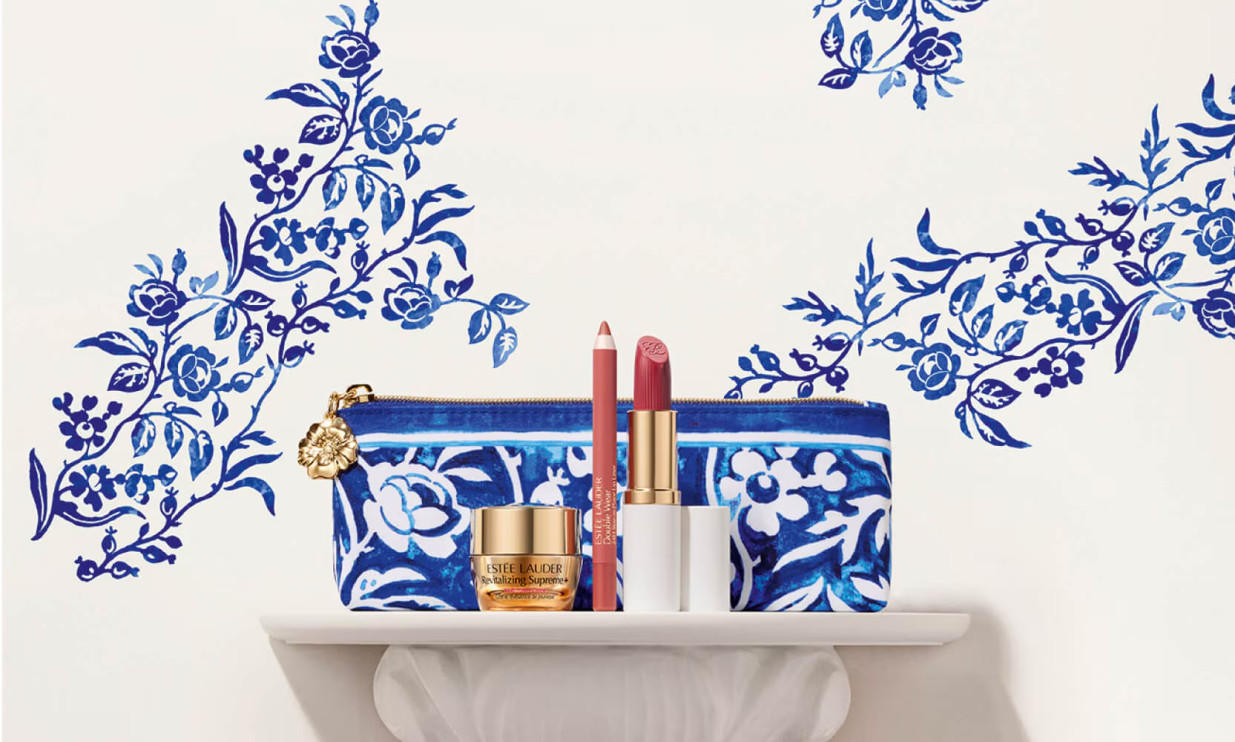Dark clouds over the cosmetics empire. Thousands of jobs to be lost.

The global cosmetics giant is grappling with a serious financial crisis, resulting in thousands of job cuts and declining sales, but at the same time, it's promising a new era of beauty under the slogan "Beauty Reimagined." Will Estée Lauder manage to regain its former glory?
Estée Lauder Companies (ELC) has just announced 3,200 job cuts, with another 3,800 positions still at risk.
This is part of a wide-ranging restructuring plan, "Beauty Reimagined," that aims to improve profitability and increase revenue by up to $1 billion annually .
The plan, however, is not cheap – the company predicts the costs of layoffs to range from $1.2 to $1.6 billion, of which the changes have already absorbed almost $747 million in severance pay and additional remuneration, which is standard in such large-scale mass layoffs.
 Estee Lauder brand products/photo: Estee Lauder press materials
Estee Lauder brand products/photo: Estee Lauder press materialsIn the face of such drastic moves, it's no surprise that investors' eyes are on Stéphane de La Faverie, ELC's chairman and CEO . However, during a conference call summarizing the company's activities to date, the CEO sounded surprisingly optimistic:
" We are very pleased with the progress we have made. The team is truly committed to the challenges ahead. This is just the beginning of the growing momentum we will see in the coming years," he assured.
According to him , not only the company's structure is changing, but also its culture – the emphasis is to be placed on ambition and responsibility in every area of activity.
Estee Lauder, MAC - sales declines. Tom Ford Beauty - stable, but nothing spectacular.However, the numbers are hard to ignore. Net sales fell 8% to $14.3 billion, and gross profit fell 5% to $10.5 billion. The biggest declines were in the skincare division, where sales fell 12% , particularly among Estée Lauder and La Mer customers.
The makeup market wasn't much better, with a 5% decline hitting iconic MAC Cosmetics. Interestingly, even new launches like the M A C Nudes collection and MACximal Sleek Satin Lipstick didn't help.
The fragrance category held up somewhat more steadily, with luxury brands Le Labo and Kilian Paris offsetting the weaker performance of Tom Ford Beauty, though growth here also slowed. However, the hair care category experienced the greatest decline, with a 10% decline, primarily due to the closure of Aveda boutiques.
 Aveda hair cosmetics brand campaign/photo: Aveda press materials
Aveda hair cosmetics brand campaign/photo: Aveda press materialsChanges to the company's retail strategy in Asia proved to be a major blow. Korea and China have reduced orders in the duty-free channel, and consumer sentiment—especially in China—remains cautious. The only bright spot has been growth in Japan and the Chinese luxury market, where La Mer and Tom Ford continue to attract customers.
What's next for Estee Lauder?While the balance of recent months is hardly positive, Estée Lauder has no intention of ceding ground to the competition. The company is actively adapting its production and supply chain to mitigate the impact of global tariffs and changing trade policies. It forecasts tariff-related losses of up to $100 million in 2026 , but it also expects to largely offset these losses.
De La Faverie looks to the future with confidence:
– After three years of decline , we are entering 2026 with hopes of recovery and a return to double-digit operating profitability – he emphasized.
Will this vision come true? Well, Estée Lauder's situation proves that even the biggest players in the luxury world today must contend with market uncertainty. And in the game of future beauty, not only billions of dollars are at stake, but also consumer loyalty.





